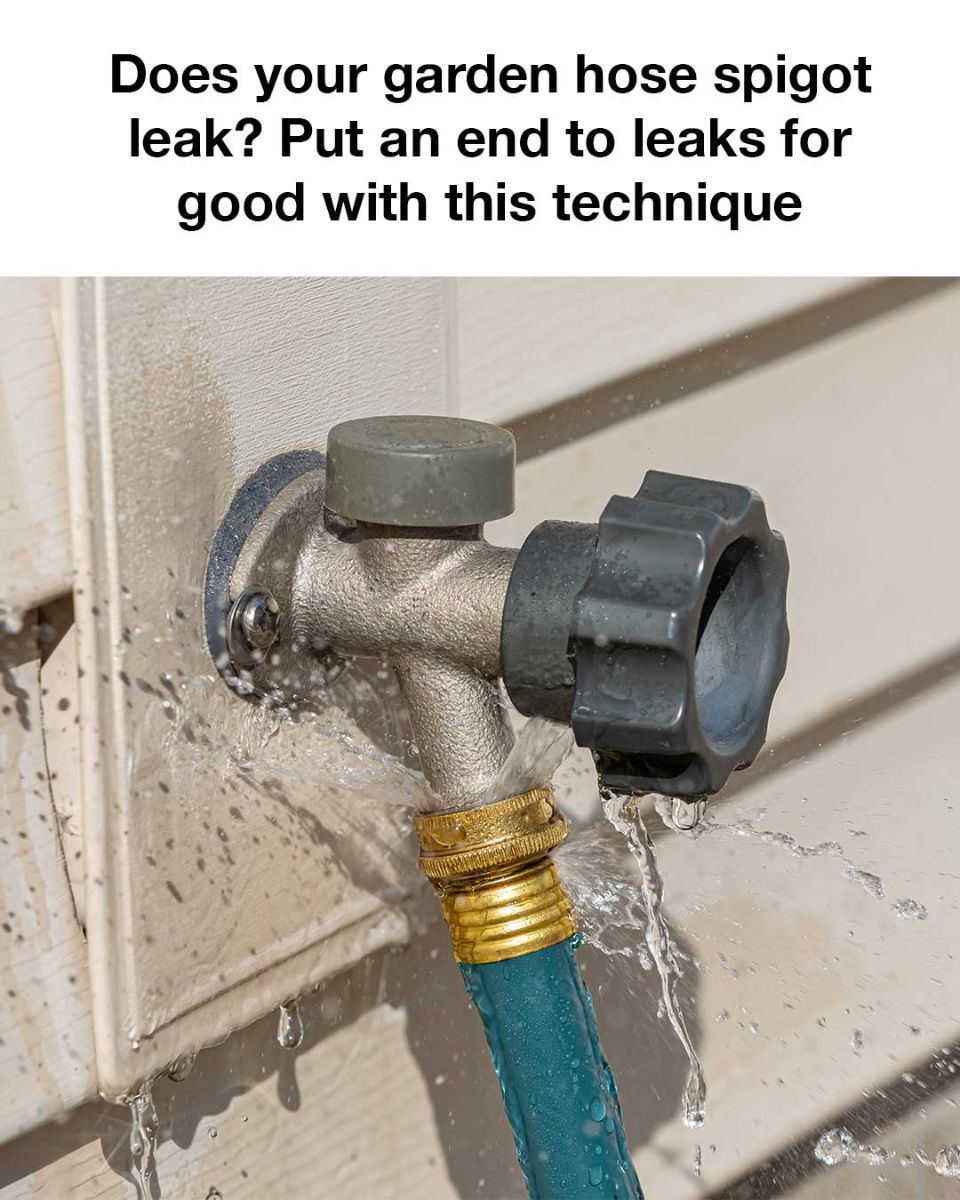ADVERTISEMENT
Step-by-Step Guide to Fixing a Leaky Spigot
To fix a leaky spigot, start by turning off the water supply to the spigot. Next, use an adjustable wrench to remove the spigot handle and access the internal components. Inspect the washers and O-rings for signs of wear and replace them if necessary. Tighten any loose connections and apply Teflon tape to the threads to ensure a watertight seal. Reassemble the spigot and turn the water supply back on to check for leaks.
How to Identify the Source of the Leak
Identifying the source of the leak is crucial for effective repair. Begin by observing where the water is escaping. If the leak is coming from the spout, it may be due to worn washers or O-rings. If the leak is at the base of the spigot, it could be a loose connection or damaged threads. In some cases, the leak may be internal, requiring a more thorough inspection.
Replacing Worn-Out Washers and O-Rings
Replacing worn-out washers and O-rings is a common and straightforward fix for spigot leaks. First, remove the spigot handle and access the valve stem. Carefully remove the old washer and O-ring, taking note of their size and shape. Install new washers and O-rings that match the originals, ensuring a snug fit to prevent future leaks.
Tightening Loose Connections
Loose connections are another frequent cause of spigot leaks. Use an adjustable wrench to tighten the connections between the spigot and the hose or water supply line. Be careful not to overtighten, as this can damage the threads and create new leaks. A firm, snug fit is usually sufficient to stop leaks caused by loose connections.
Sealing Threads with Teflon Tape
Teflon tape is an effective way to seal threads and prevent leaks. To apply, wrap the tape around the threads of the spigot or hose connection in a clockwise direction. Ensure the tape is applied evenly and covers the threads completely. This will create a watertight seal when the connections are tightened.
When to Replace the Spigot Entirely
In some cases, repairing a leaky spigot may not be possible, and replacement is the best option. If the spigot is cracked, corroded, or severely damaged, replacing it with a new one will ensure a long-lasting solution. Choose a high-quality spigot that is compatible with your existing plumbing to avoid future issues.
Preventative Maintenance Tips for Spigots
To prevent future leaks, perform regular maintenance on your spigots. Check for signs of wear or damage and replace washers and O-rings as needed. Tighten connections periodically and apply Teflon tape to threads during installation. Additionally, insulate outdoor spigots during winter to protect them from freezing temperatures.
Conclusion: Enjoy a Leak-Free Garden Hose
By following these steps and maintaining your spigots regularly, you can enjoy a leak-free garden hose and conserve water. Addressing leaks promptly not only saves water but also protects your home from potential water damage. With the right tools and techniques, you can put an end to spigot leaks for good.
